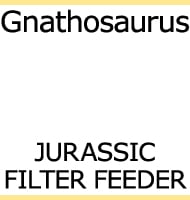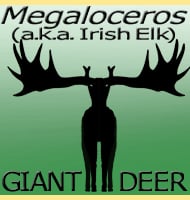In Depth
Hupehsuchus is an odd name to what has often been regarded as an ichthyosaur-like reptile given that the suchus part is Ancient Greek for crocodile. However, Hupehsuchus is considered to only resemble an ichthyosaur in form, and is in fact probably not related to ichthyosaurs at all. Beyond this it currently remains impossible to be certain as to how Hupehsuchus relates to this better known group of marine reptiles. One possibility is that Hupehsuchus shares a common ancestor to ichthyosaurs, while another is that its form is simply a case of convergent evolution.
Hupehsuchus had long jaws that were filled with small sharp teeth that were probably used to seize fish. Hupehsuchus is also described as polydactyl in that the front limb flippers have seven digits each while the hind limb paddles have six digits each. Hupehsuchus also had ridges of armour running down its back, possible protection from other predators such as sharks, though this armour may have been a relict feature from recently terrestrial ancestors.
So far Hupehsuchus is considered to be only closely related to Nanchangosaurus, a very similar reptile also known from the Triassic of China. In fact past speculation has suggested that Hupehsuchus and Nanchangosaurus may be the same as one another, even though Hupehsuchus has much heavier armour in more prominent ridges than Nanchangosaurus.
Further Reading
– Hupehsuchus, an enigmatic reptile from the Triassic of China, and the problem of establishing relationships. – Philosophical Transactions of the Royal Society of London B 331:131-153. – R. L. Carroll & Z.-M. Dong – 1991.










